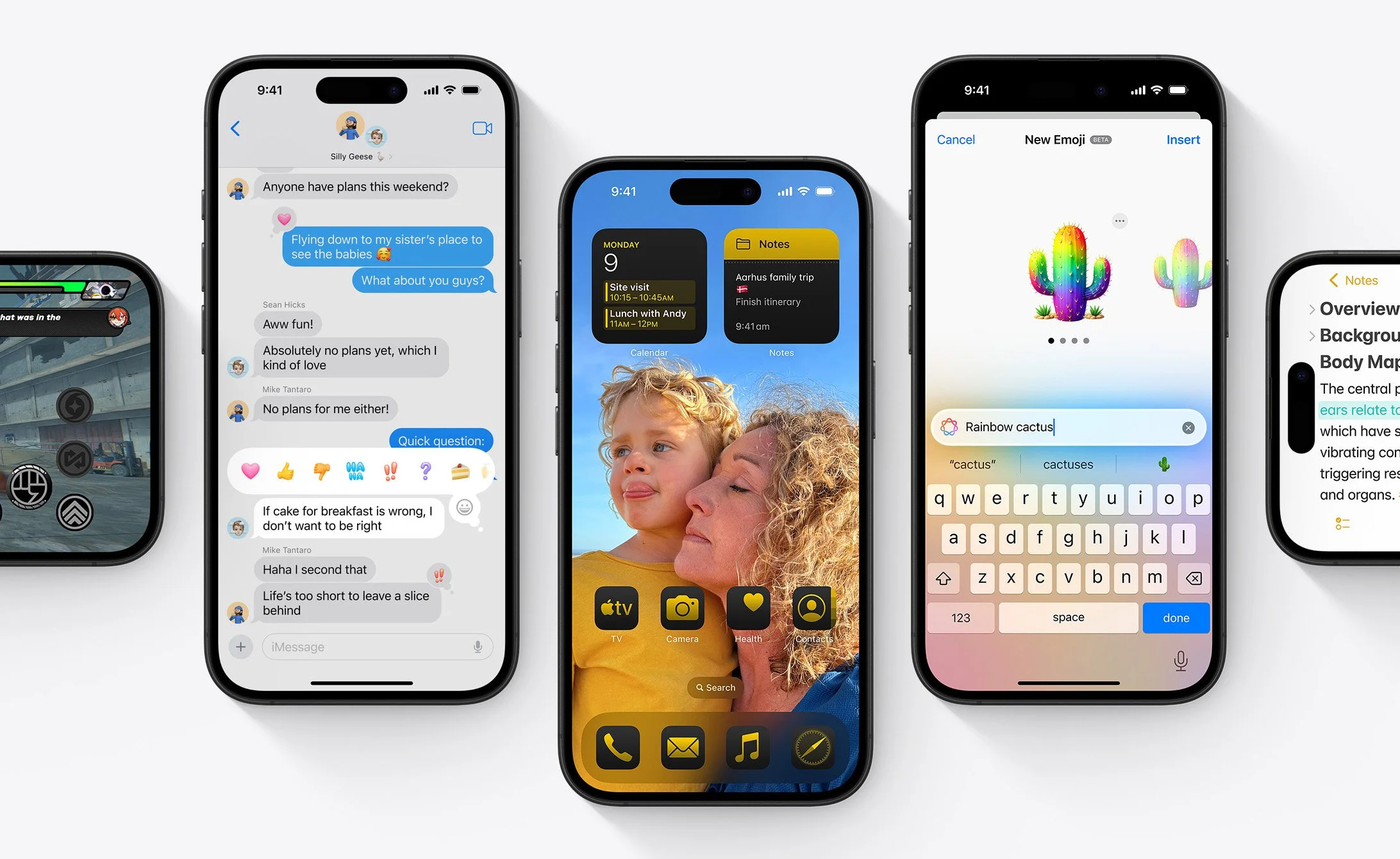AI Can Now Estimate Your True Age? How ECG-Based Biological Age is Changing Healthcare
Image Credit: Jesse Orrico | Splash
When someone asks your age, you likely answer with the number of years since your birth. But is that really your true age? Scientists now argue that age is more than just a number—it’s a complex measure that goes beyond birthdays.
[Read More: Movano Introduces EvieAI: A Health Chatbot Trained Exclusively on Medical Journals]
Different Types of Age: More Than Just a Number
Chronological Age (CA) – The actual number of years you have been alive, measured from birth. This is the traditional way of defining age, but it does not fully reflect how your body is aging internally.
Biological Age (BA) – A measure of how well or poorly your body is functioning compared to your chronological age. It provides a holistic assessment that considers factors such as lifestyle, genetics, and overall health. Differences between BA and CA can indicate accelerated or delayed aging.
ECG-Based Biological Age (ECG-BA) – An advanced AI-driven method that estimates biological age by analyzing heart activity detected through an electrocardiogram (ECG). By examining patterns in the heart’s electrical signals, this approach offers a more precise assessment of aging at a physiological level.
AI’s Role in Defining Your True Age
A new study published in Nature explores how AI can estimate ECG-Based Biological Age (ECG-BA) and use it to improve disease risk classification beyond traditional CA. The findings reveal that AI-powered ECG analysis could reshape preventive medicine by providing a more accurate, personalized health assessment.
[Read More: Aussie Pioneers AI for Medical Scans]
The Limitations of Chronological Age in Disease Prediction
Aging is a complex process that affects individuals differently. While some people remain healthy and active well into old age, others develop chronic conditions earlier in life. CA is widely used in healthcare models to predict disease risk, but it fails to account for individual differences in biological aging.
This discrepancy is particularly relevant in assessing risks for neurodegenerative, cardiovascular (CV), metabolic, musculoskeletal, and immune-related disorders. To focus on a healthier population, the study excluded individuals with pre-existing conditions such as hypertension, diabetes, and heart failure, allowing researchers to examine the effectiveness of ECG-BA in individuals without prior health complications.
By leveraging AI to analyze ECG signals, researchers can now estimate ECG-BA with improved accuracy, enabling better risk stratification for age-related diseases.
[Read More: AI Revolutionizes Drug Discovery: Speeding Up Breakthroughs and Cutting Costs!]
Study Methodology: AI-Powered ECG Analysis
Researchers gathered ECG recordings from Taipei Veterans General Hospital, spanning from 2006 to 2017. Initially, 51,061 ECG tests were reviewed, but after excluding individuals with pre-existing health conditions, 48,783 healthy individuals aged 20-80 years remained in the study.
To estimate a person's biological age using ECG signals, researchers created an advanced AI model. This model was built using deep learning techniques, including a residual network (ResNet) and a squeeze-and-excitation network (SENet), which help the AI process complex patterns in ECG readings more effectively. The AI also employed multitask learning, which allows it to improve by learning from multiple related tasks at the same time.
To make the AI as accurate as possible, researchers used an Adam optimizer, a tool that adjusts the model’s internal settings to improve its predictions over time. The AI was trained using a method called five-fold cross-validation, which ensures the model remains reliable by testing it on different data subsets multiple times before finalizing results.
For assessment, the AI’s performance was measured by comparing ECG-BA predictions with a person’s CA and evaluating its ability to predict age-related diseases. Two key evaluation tools were used:
Receiver operating characteristic (ROC) curves, which help determine how well the AI can distinguish between healthy individuals and those with age-related diseases.
Net reclassification improvement (NRI), a metric that checks whether adding ECG-BA to traditional models improves their accuracy in predicting disease risk.
By using these advanced AI techniques, the study aimed to determine whether ECG-BA could provide a more precise measure of biological aging than traditional CA.
[Read More: A New Era in Dental Diagnostics: The Power of AI-Driven Imaging]
Key Findings: AI-Based ECG-BA Enhances Risk Prediction
When ECG-BA was added to traditional methods, the AI was able to refine risk assessments for multiple diseases, making them more accurate.
For example:
The AI model improved the accuracy of identifying people at risk for peripheral artery disease (PAOD) by 1.1%, which may seem small, but in a large population, even a small increase can make a significant impact.
Cancer risk classification improved by 29%, meaning the AI was much better at identifying individuals who might be at higher risk for cancer.
One of the most important findings was that ECG-BA corrected 21% of cases where traditional methods misclassified individuals. This means that if someone was previously thought to be at low risk for heart disease or stroke based on their CA alone, ECG-BA could more accurately flag them as high risk, allowing for earlier medical intervention.
This is particularly crucial for conditions such as coronary artery disease (CAD), stroke, and heart attacks (myocardial infarction, MI), where early detection can be life-saving.
Implications for Preventive Healthcare and AI’s Expanding Role
The study’s findings highlight AI’s transformative potential in preventive healthcare. By integrating ECG-BA into screening processes, healthcare providers could identify at-risk individuals sooner and take proactive measures. The model’s greatest impact was observed in individuals aged 40 and older, reinforcing the importance of considering biological aging in healthcare assessments rather than relying solely on chronological age.
Wearable ECG devices, such as smartwatches, are becoming increasingly common, making AI-powered ECG-BA analysis more accessible.
[Read More: Deakin University Uses AI for Mental Health and Early Cerebral Palsy Diagnosis]
Potential Misuse and Ethical Concerns
While AI-powered ECG-BA offers significant promise for healthcare, it also raises concerns about potential misuse. Insurance companies or employers could exploit biological age assessments to deny coverage, adjust premiums, or influence hiring decisions. There is also a risk of over-reliance on AI-driven health predictions, leading individuals to make unnecessary lifestyle changes based on potentially misinterpreted data. Furthermore, disparities in AI model training across different populations could result in biased outcomes, making it crucial to establish regulations that prevent unethical use of this technology.
A more alarming possibility arises if this technology is eventually embedded into smart devices, such as wearables, smart glasses, or portable AI-driven health scanners. If bad actors gain access to real-time biological age and health condition assessments, they could misuse this information in unethical ways. For example, individuals wearing AI-powered glasses could secretly scan others and claim to predict their future health conditions, life expectancy, or well-being—potentially leading to deceptive practices akin to fortune-telling or fraudulent medical claims. This could result in exploitation, scams, or psychological manipulation of people unaware that their internal health conditions are being assessed without their consent. Additionally, such technology could contribute to discrimination in social settings, hiring decisions, and even personal relationships, reinforcing bias and stigma based on invisible health data.
As AI-driven health assessments become more advanced, it is imperative to implement strict regulations and ethical guidelines to prevent misuse, protect privacy, and ensure these innovations serve the public good rather than becoming tools for exploitation.
[Read More: AI Revolutionizes IVF: A New Hope for Aspiring Parents]
Source: Nature















